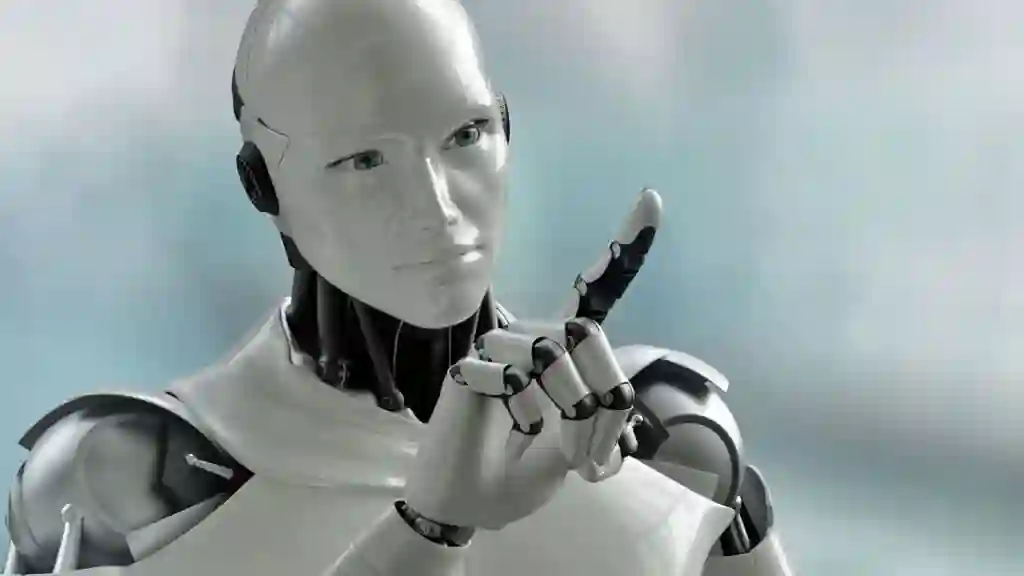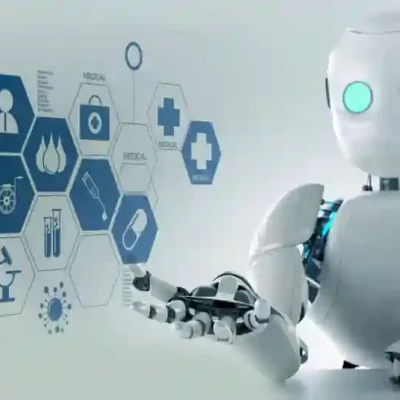The realm of robotics and automation has experienced unprecedented growth and innovation in recent years, fundamentally changing the way we live and work. From manufacturing and healthcare to transportation and entertainment, robots and automated systems have become integral parts of our daily lives. In this article, we will explore the vast landscape of robotics in everyday life and how automation is reshaping our world.
The Evolution of Robotics
To appreciate the impact of robotics in our daily lives, it’s essential to understand the evolution of this field. Robotics, as we know it today, has its roots in science fiction and early industrial automation. Over the years, advancements in technology, materials, and artificial intelligence (AI) have propelled robotics into a new era.
Here are key milestones in the evolution of robotics:
- Industrial Robots: The first industrial robot, the Unimate, was introduced in 1961. These early robots were primarily used in manufacturing, performing repetitive and dangerous tasks in automotive assembly lines, among other industries.
- Advancements in AI: As AI and machine learning evolved, robots gained the ability to perceive their surroundings, make decisions, and adapt to changing conditions. This made them more versatile and capable of handling a broader range of tasks.
- Collaborative Robots (Cobots): Cobots are designed to work alongside humans, enhancing productivity and safety. They are equipped with sensors and safety features to prevent accidents and enable close collaboration with human workers.
- Mobile Robots: Mobile robots, including autonomous drones and ground-based robots, have revolutionized industries such as logistics, agriculture, and healthcare. They can navigate complex environments autonomously, making them valuable tools for various applications.
- Consumer Robots: Consumer-friendly robots, like vacuuming robots and personal assistants (e.g., smart speakers), have entered our homes, simplifying daily chores and providing entertainment.
Applications of Robotics in Everyday Life
The integration of robotics into everyday life is visible in various domains. Here are some notable applications:
- Manufacturing and Assembly: Industrial robots continue to play a pivotal role in manufacturing, assembling products with precision and efficiency. They work tirelessly on factory floors, producing everything from cars to electronics.
- Healthcare: Robots are aiding healthcare professionals in various ways. Surgical robots assist in delicate and minimally invasive procedures, while robotic exoskeletons help individuals with mobility impairments regain independence.
- Agriculture: Autonomous tractors and drones are transforming agriculture. They can monitor crops, apply fertilizers, and even harvest produce, increasing efficiency and reducing the need for manual labor.
- Logistics and Warehousing: Robots have become essential in logistics and warehousing. Autonomous forklifts and robots navigate warehouses, picking and packing orders with speed and precision.
- Delivery Services: Autonomous delivery robots and drones are being tested and deployed by companies like Amazon and FedEx to deliver packages directly to consumers’ doorsteps.
- Home Automation: Smart home devices, including voice-activated personal assistants like Amazon’s Alexa and Google Assistant, control lighting, thermostats, and security systems, making homes more efficient and convenient.
- Education and Research: Educational robots are helping students learn coding and robotics principles, while research robots assist scientists in conducting experiments in challenging environments, such as underwater or in space.
- Entertainment: Robots and automation have found their place in entertainment and amusement parks, enhancing visitor experiences with animatronics and interactive exhibits.
- Security: Autonomous security robots equipped with cameras and sensors patrol properties, providing surveillance and alerts for potential threats.
- Environmental Conservation: Robotics plays a role in environmental conservation by assisting in tasks such as monitoring wildlife, cleaning up oceans, and inspecting and maintaining infrastructure like bridges and dams.
The Impact on the Workforce
While robotics and automation bring undeniable benefits, they also raise concerns about their impact on the workforce. Automation has the potential to replace certain jobs, particularly those involving repetitive and routine tasks. However, it can also create new employment opportunities in areas such as robot maintenance, programming, and supervision.
The key to addressing workforce challenges lies in education and upskilling. As technology advances, individuals need to acquire new skills and adapt to changing job requirements. Governments, educational institutions, and businesses must collaborate to ensure a smooth transition for the workforce into an automated world.
Challenges and Considerations
As robotics becomes more integrated into our daily lives, several challenges and considerations arise:
- Ethical and Legal Issues: As robots take on more complex roles, ethical questions about their decision-making capabilities and accountability arise. Legal frameworks need to evolve to address these concerns.
- Privacy: Smart devices and robots often collect data about their users. Protecting individuals’ privacy and data security is a growing concern in the age of automation.
- Safety: Ensuring the safety of both humans and robots is paramount. Collaborative robots, in particular, require robust safety measures to prevent accidents.
- Cost: The initial cost of implementing robotics and automation can be a barrier for businesses and individuals. However, as technology matures, costs are expected to decrease.
- Job Displacement: The automation of certain tasks may lead to job displacement, particularly in industries with routine and repetitive work. Preparing the workforce for these changes is essential.
Conclusion
Robotics and automation have become integral parts of our everyday lives, transforming industries and enhancing efficiency, convenience, and safety. From manufacturing and healthcare to logistics and entertainment, robots and automated systems are reshaping how we live and work.
While challenges and ethical considerations accompany this transformation, the potential benefits are vast. As technology continues to advance, it is crucial for society to adapt, embracing the opportunities that robotics and automation offer while addressing the associated challenges in a responsible and ethical manner. The future of robotics in everyday life is bright, promising a world where humans and machines collaborate to create a better and more sustainable future.



